What are Common Symptoms?
Knee pain can manifest with various symptoms, and the specific symptoms experienced may depend on the underlying cause of the pain. Here are some common symptoms associated with knee pain:
- Pain: Persistent or intermittent pain in the knee is the primary symptom. The pain may range from mild discomfort to severe and sharp pain.
- Swelling: Inflammation of the knee joint or surrounding tissues can lead to visible swelling or puffiness.
- Stiffness: Difficulty bending or straightening the knee, with a reduced range of motion. The knee may feel stiff and may be accompanied by a feeling of tightness.
- Tenderness: The knee area may be tender to touch or pressure.
- Warmth: Inflammation in the knee joint may cause the area to feel warm to the touch.
- Weakness: A feeling of weakness or instability in the knee, making it challenging to bear weight or perform certain movements.
- Popping or Clicking: Some individuals may experience popping, clicking, or grinding sensations in the knee during movement.
- Locking: The knee joint may feel like it gets “locked” or stuck in a certain position during movement.
- Difficulty Walking: Knee pain may affect walking, causing a limp or altered gait.
- Difficulty Climbing Stairs: Pain and discomfort may make it difficult to ascend or descend stairs.
- Radiating Pain: Pain that extends from the knee to other areas, such as the thigh, lower leg, or even the hip.
- Numbness or Tingling: In some cases, knee pain may be associated with sensations of numbness or tingling, indicating possible nerve involvement.

Common Causes
Common causes of knee pain include:
- Osteoarthritis: Degenerative joint disease that occurs due to wear and tear of the knee joint over time.
- Knee Tendinitis: Inflammation of the tendons around the knee, often due to overuse or repetitive activities.
- Knee Bursitis: Inflammation of the bursa sacs that cushion the knee joint, leading to pain and tenderness.
- Meniscus Tears: Tears in the rubbery cushions (menisci) between the thighbone and shinbone, often caused by twisting or turning the knee.
- Anterior Cruciate Ligament (ACL) Tears: A common knee injury, particularly in sports, where the ACL is torn due to sudden stops or changes in direction.
- Patellofemoral Pain Syndrome (Runner’s Knee): Pain around the kneecap, often associated with overuse or improper tracking of the kneecap.
- Iliotibial (IT) Band Syndrome: Inflammation of the IT band, which runs along the outside of the thigh and can cause knee pain.
- Knee Osteochondritis Dissecans: A condition where a piece of cartilage and underlying bone become detached within the knee joint.
- Rheumatoid Arthritis: An autoimmune condition that can cause inflammation and damage to the knee joint.
If you experience persistent or severe knee pain or any accompanying symptoms, it’s essential to seek medical evaluation from a healthcare professional. Proper diagnosis is crucial to determine the underlying cause of the pain and develop an appropriate treatment plan. Treatment options may include rest, physical therapy, pain medication, corticosteroid injections, or in some cases, surgery, depending on the specific condition and individual needs.
Common Diagnosis & Treatment
Diagnosis and treatment for knee pain involve a thorough evaluation by a healthcare professional to identify the underlying cause of the pain. Here's a general outline of the common diagnosis and treatment steps for knee pain:
Diagnosis
- Medical History: The healthcare provider will inquire about the nature of the knee pain, its location, duration, aggravating and alleviating factors, and any previous injuries or medical conditions.
- Physical Examination: A comprehensive examination of the knee and surrounding structures will be conducted to assess range of motion, stability, and any signs of inflammation or structural issues.
- Imaging Studies: X-rays can provide images of the knee joint and bones, helping identify conditions such as osteoarthritis, fractures, or bone abnormalities. MRI or CT scans may be used to visualize soft tissues like ligaments, tendons, and cartilage, and to detect meniscus tears or other abnormalities.
- Laboratory Tests: Blood tests may be ordered to rule out certain
- medical conditions that could contribute to knee pain.
- Joint Aspiration: In some cases, the doctor may perform joint aspiration, where fluid is drawn from the knee joint for analysis to diagnose conditions such as infection or inflammation.
- Other Tests: Nerve conduction studies or electromyography (EMG) may be used to evaluate nerve function and identify potential nerve-related causes of knee pain.
Treatment
The treatment approach for knee pain depends on the specific diagnosis and severity of the condition. Common treatment options include:
- Rest and Activity Modification: Avoiding activities that worsen the pain and giving the knee time to rest can promote healing.
- Physical Therapy: A physical therapist can design exercises and stretches to improve knee strength, flexibility, and function. They may also provide manual therapy techniques to reduce pain and improve mobility.
- Pain Medication: Over-the-counter pain relievers, such as acetaminophen or nonsteroidal anti-inflammatory drugs (NSAIDs), can help reduce pain and inflammation.
- Corticosteroid Injections: In cases of severe inflammation or pain, corticosteroid injections may be administered directly into the knee joint to provide temporary relief.
- Cold and Heat Therapy: Applying ice packs to reduce inflammation and swelling or using heat therapy to relax the muscles can be beneficial.
- Assistive Devices: Using knee braces, crutches, or a cane may be necessary to offload the affected knee and reduce stress during walking.
- Weight Management: For individuals with excess body weight, weight loss can alleviate pressure on the knee joint and reduce pain.
Surgery: In cases of severe injuries, advanced arthritis, torn ligaments (e.g., ACL tears), or conditions that do not respond to conservative treatments, surgery may be considered. Procedures may involve knee arthroscopy, meniscus repair, ligament reconstruction, or knee replacement.
There are several surgical procedures for knee conditions, each designed to address specific issues and provide relief from pain or improve knee function. Here is a list of common surgical procedures for the knee:
- Total Knee Replacement (Total Knee Arthroplasty): A surgery to replace the damaged knee joint with an artificial joint made of metal and plastic components.
- Partial Knee Replacement (Unicompartmental Knee Arthroplasty): A surgery to replace only the damaged part of the knee joint, often suitable for patients with limited arthritis.
- Knee Arthroscopy: A minimally invasive procedure using a small camera (arthroscope) to visualize and treat various knee problems, such as meniscus tears, ligament injuries, or cartilage damage.
- Anterior Cruciate Ligament (ACL) Reconstruction: A surgery to replace a torn ACL using a graft, often taken from the patient’s own tissue or a donor.
- Posterior Cruciate Ligament (PCL) Reconstruction: A surgery to replace a torn PCL using a graft, similar to ACL reconstruction.
- Meniscus Repair or Resection: A procedure to repair or remove a torn meniscus, which is the cartilage in the knee joint.
- High Tibial Osteotomy (HTO): A surgery to realign the bones of the knee to shift weight away from the damaged area, often performed for early-stage arthritis.
- Lateral Retinacular Release: A procedure to release tight structures on the outer side of the knee to treat patellar tracking issues.
- Medial Patellofemoral Ligament (MPFL) Reconstruction: A surgery to reconstruct the MPFL, which stabilizes the kneecap (patella).
- Autologous Chondrocyte Implantation (ACI): A procedure to transplant the patient’s own cartilage cells into the damaged area of the knee to promote cartilage repair.
- Microfracture: A procedure to create small holes in the damaged area of the knee to stimulate the growth of new cartilage.
- Lateral Release: A surgery to release tight structures on the outer side of the knee to treat patellar tracking issues.
- Knee Synovectomy: A surgery to remove the inflamed synovium (lining of the joint) in the knee, often performed for conditions such as rheumatoid arthritis.
- Patellar Realignment: A surgery to realign the patella (kneecap) to improve tracking and reduce patellofemoral pain.
- Osteochondral Autograft Transplantation (OATS): A procedure to transplant healthy cartilage and bone plugs from one area of the knee to another to treat cartilage defects.
Please note that the appropriateness of these surgical procedures depends on your individual specific knee condition, symptoms, and the expertise of your orthopedic surgeon.
Non-surgical treatments, such as physical therapy or medications, are often considered as the first line of management for many knee conditions, and surgery is typically reserved for cases where conservative measures have not provided adequate relief or for more severe knee conditions. Always consult with your orthopedic specialist to determine the most suitable treatment plan for your specific knee condition.
Physical Modalities: Other therapies such as ultrasound, electrical stimulation, or traction may be utilized to reduce pain and promote healing.
The treatment plan will be tailored to each individual’s specific needs and condition. It’s crucial to follow the guidance of an orthopedic specialist for an accurate diagnosis and appropriate treatment to effectively manage knee pain and facilitate a successful recovery.

S. EVAN CARSTENSEN, M.D.
ORTHOPEDIC SPECIALIST
Board certified, fellowship trained orthopaedic shoulder, knee, hip, and sports medicine specialist managing injuries both non-operatively and operatively by specifically utilizing evidence-based medicine and minimally invasive techniques.

DARYL DYKES, M.D.
ORTHOPEDIC SPECIALIST
Board certified orthopedic surgeon with extensive experience in diagnosis, treatment and management of spine, bone or joint condition, and specializes in reconstruction of the shoulder, hip, and knee, including total joint replacement.

LLOYD JOHNSON, M.D.
ORTHOPEDIC SPECIALIST
Board-certified and fellowship-trained in both reconstructive and spine surgery with extensive experience in the management of complex conditions, diagnosis and treatment of:general orthopedics, spine disorders, sports medicine, orthopedic upper and lower extremities.

LOY VAUGHAN, M.D.
ORTHOPEDIC SPECIALIST
General orthopedic surgeon treating musculoskeletal condition with a particular interest in shoulder, hip, and knee joint replacement, shoulder and knee arthroscopy, and fracture care. Dr. Vaughan is a board-eligible orthopedic surgeon with experience in complex conditions, treatment and management.

